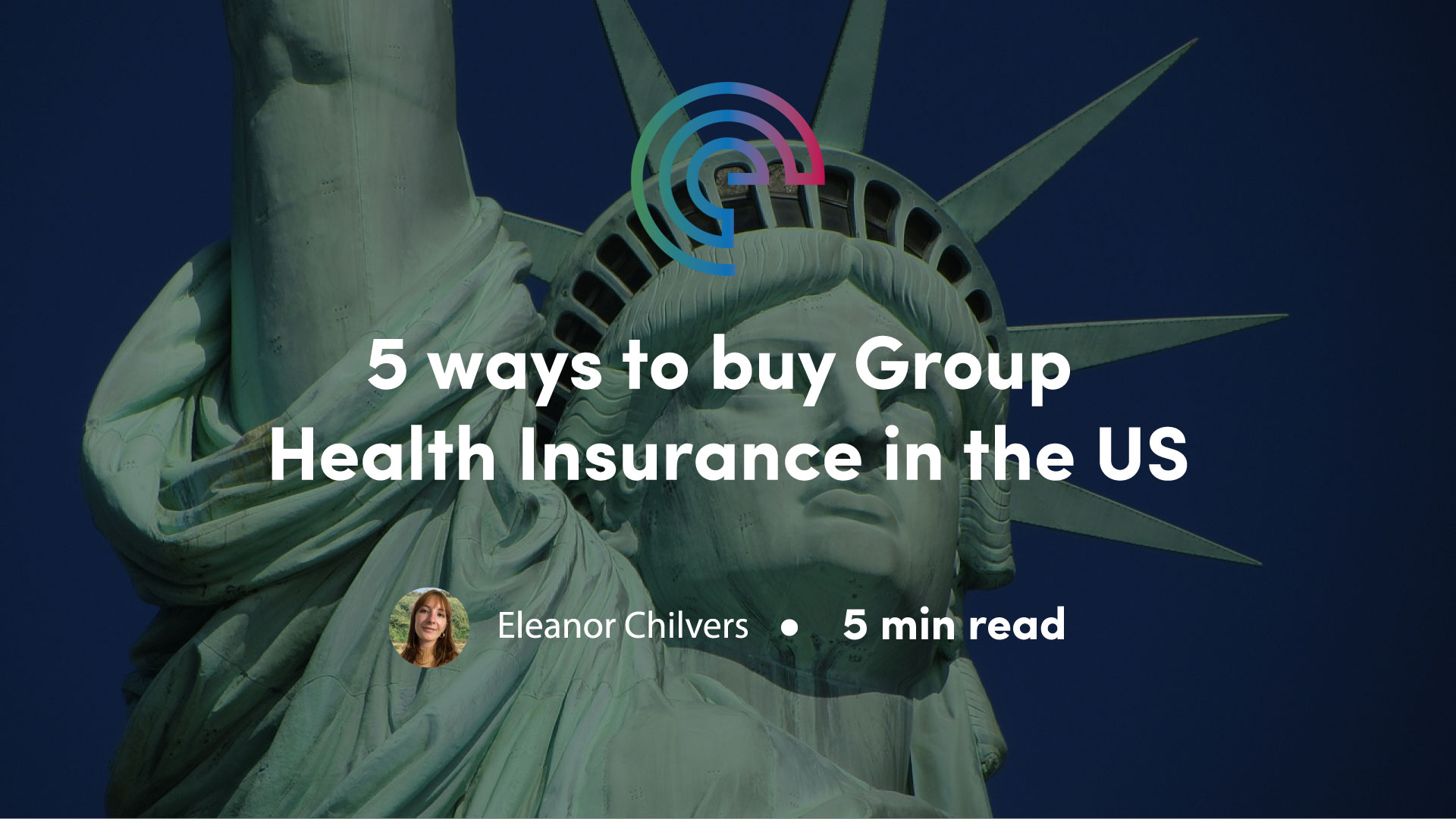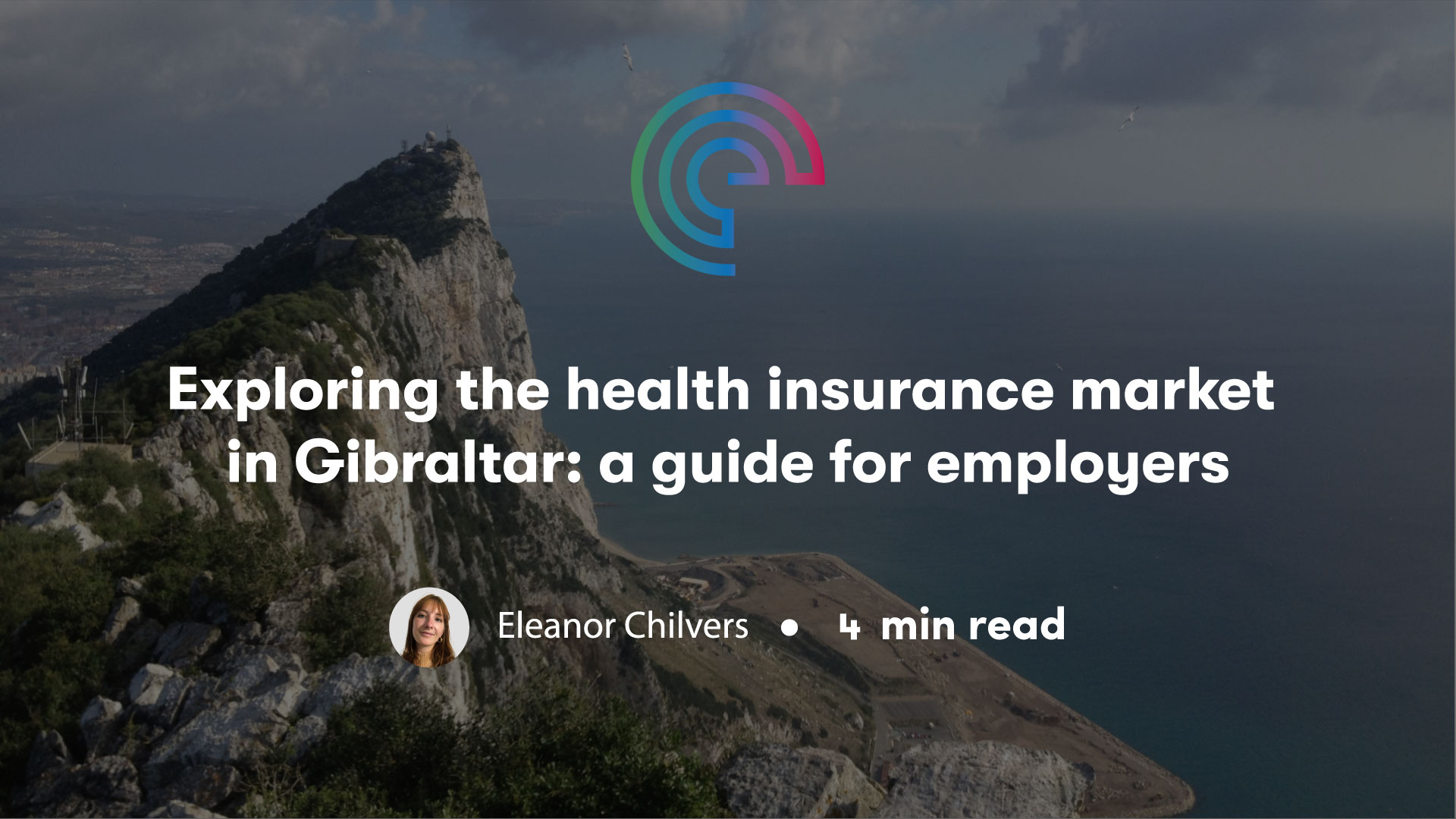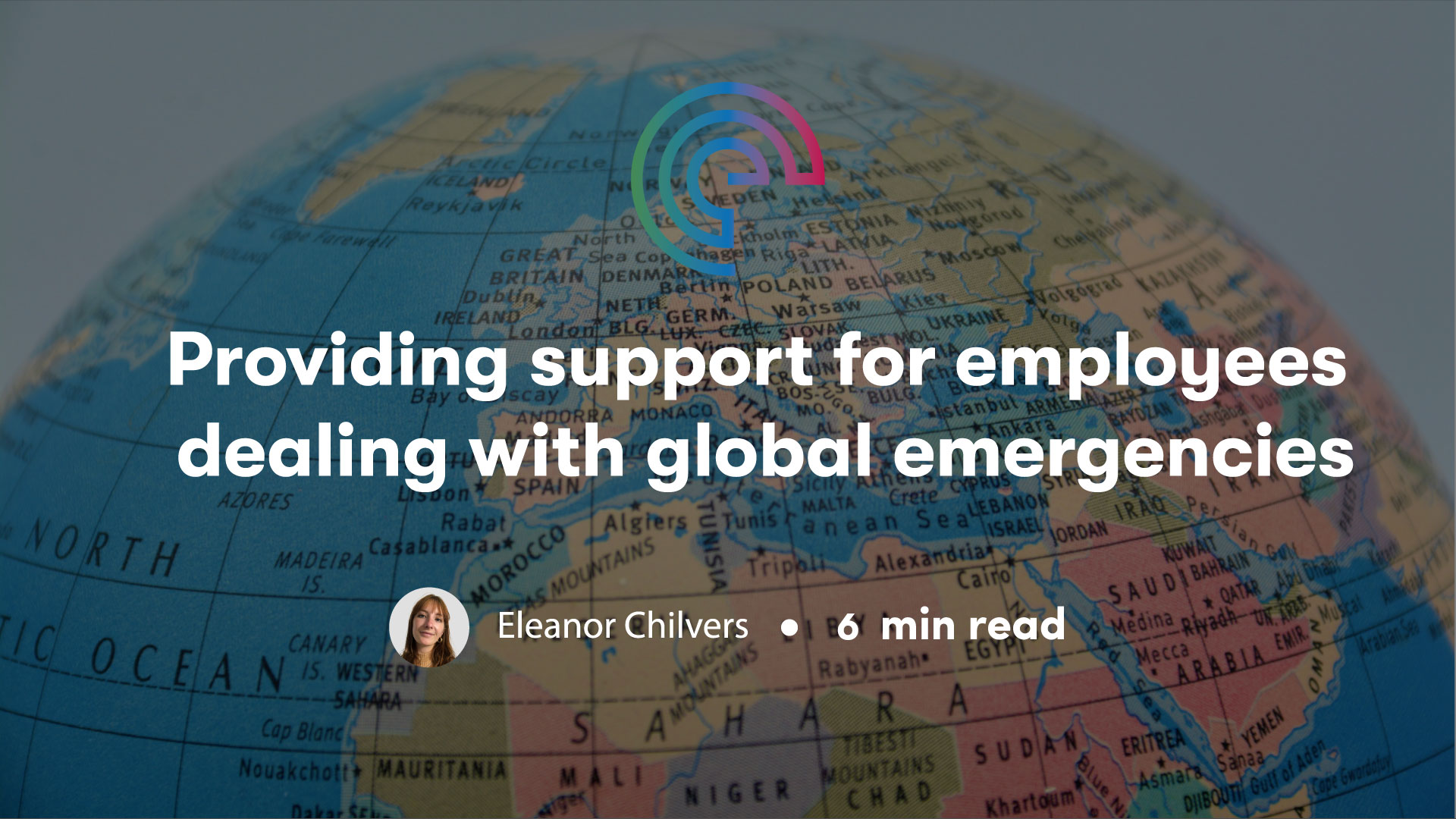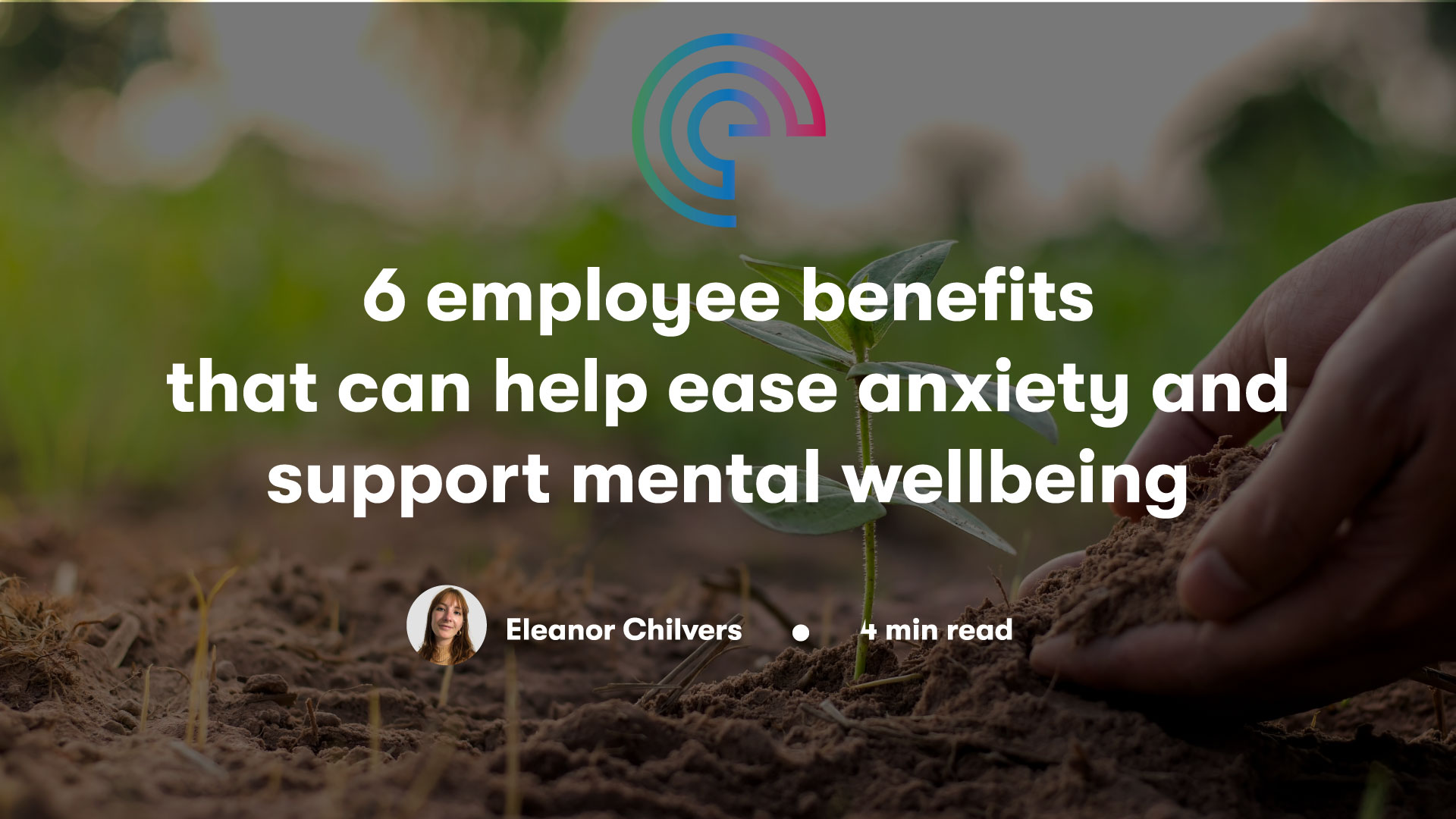US Group Health Insurance is notorious for being complicated, costly, and difficult to navigate. It’s especially challenging for UK-based teams accustomed to a rather simpler – and much smaller – healthcare market.
In this article, we explain the five different plans through which you can buy Group Healthcare in the US:
- Preferred Provider Organizations (PPO)
- Health Maintenance Organizations (HMO)
- Point of Service Plan (POS)
- High-Deductible Health Plan (HDHP)
- Self-Funded Health Plan
We explain each of these in more detail to help you understand what may work best for your business.
Need advice on how to best protect your employees in the US? Get FREE one-to-one advice from our expert international brokers on 01273 974419 or email [email protected].
#1 Preferred Provider Organizations PPO
Higher cost but a wider network of coverage
Preferred Provider Organizations (PPO) plans give individuals and families access to a broad network of healthcare facilities, practitioners, and specialists at reduced rates. PPOs usually cost more than other health plans, mainly due to the access they provide to health providers outside of the network too.
In other words, you’re paying for access to more facilities in more locations.
Example of a PPO from UnitedHealthcare:
UnitedHealthcare’s PPO plan provides access to any doctor, clinic, hospital, or healthcare facility in their national network, and staying within this network will cut down costs. However, if you go outside of the network, costs will become higher and it’s down to you to submit claims.
Services include:
- Preventive care
- Physicians
- Emergency services
- Outpatient care
- Lab, X-Ray, and Diagnostic services
- Pregnancy and new-born care
- Prescription drugs
- Wellness services
#2 Health Maintenance Organizations (HMO)
Lower cost but a more restricted network
Health Maintenance Organization plans are a lower cost alternative to the PPO, in return for more restrictive services. With a HMO, you are restricted to the network of providers outlined in the plan, meaning you can’t access out-of-network healthcare services (aside from emergencies). Under a HMO plan, you must first go through a Personal Care Physician (PCP) before being referred to a specialist. This inevitably slows down the process of receiving care.
Example of a HMO from Aetna:
Aetna’s HMO offers a wide choice of providers to offer guided care and the best health services for members. It’s ideal for employers in urban areas wanting to offer a simple and convenient benefit whilst sticking to a guaranteed price range with no surprises. All members can choose their Personal Care Physician (the US version of a GP) to guide their treatment and wellbeing journey towards specialist care.
Aetna’s HMO plan includes:
- In-network coverage only
- Preventive care
- PCP selection process
- Available for fully insured customers of all sizes
- Wellness programmes and apps
#3 Point of Service Plan (POS)
The best of both worlds option?
A Point of Service Plan (POS) sits somewhere between a PPO and HMO. You start off by choosing a Personal Care Physician who will then be in charge of referrals to specialists and other services for care, similar to a HMO plan. However, like with a PPO plan, customers can have access to out-of-network services as well. This would at a higher cost though, compared to access under a PPO.
Unsurprisingly, the cost of a POS service is somewhere between a PPO and HMO arrangement.
Example of a POS from Humana:
Humana’s POS service combines fee-for-service provider contracts with improved discounts, giving customers access to a broad scope of providers in their network. Its care and services include:
- Preventive care
- Physician services
- Facility services
- Home healthcare
- Urgent care facility
- Maternity
- Basic mental health, chemical, and alcohol dependency care
Struggling to understand the US Group Health Insurance system? We’ll be happy to answer all your questions. Contact our team of international experts FREE of charge on 01273 974419.
#4 High-Deductible Health Plan (HDHP)
Lower premiums but higher treatment costs
High-Deductible Health Plans (HDHP) provide lower health insurance premiums in exchange for higher contributions towards healthcare costs. They are a great alternative plan for a company with younger employees as claims are less likely. However, if claims are being made more frequently, it could end up providing worse value through higher out-of-pocket costs per treatment.
Example of a HDHP from Cigna:
Cigna’s HDHP is combined with a health savings account which essentially blends traditional medical coverage and care with a tax-free savings account. This savings account is established through the employer to pay for any potential healthcare expenses through tax-free contributions deposited into the account. Then, the deductible is the amount you must pay for eligible health expenses before the HDHP plan provides coverage.
Cigna’s services include:
- Preventive care in-network
- Control over spending the benefit dollars
- Pre-tax dollar contributions
- Option to roll over entire health savings account each year without losing it, earning interest tax-free
- No referrals needed
- Online tools and resources
- Annual out-of-pocket maximum
#5 Self-Funded Health Plan
The flexible option for larger companies
In a Self-Funded Health plan, an organisation directly insures its employees through its own funds, rather than through a third-party insurance provider. This allows companies full flexibility to choose their administrators, hospital networks, pharmacy plans, and from a selection of all the service providers. This is a great option for companies with more than 75 employees who are young and healthy and unlikely to make a lot of claims.
It’s important to note that many businesses going for this plan usually invest in Stop Loss Insurance too. This guarantees that the company has emergency financial back-up in case of higher levels of claims.
Example of a Self-Funded Health plan from Blue Cross Blue Shield:
Blue Cross Blue Shield (BCBS) offers different levels of Self-Funded Health plans. Organisations finance their own healthcare costs whilst taking full advantage of BCBS’s contracts and administrative services. BCBS offers, on a basic level, two options for two groups:
- For groups of 26 or more employees: a choice of several standard design self-funding plans
- For groups with more than 50 employees: even more flexibility for custom-designed benefit and self-funding plans
Get in touch with the Engage team
Navigating the international health insurance market can be extremely confusing, no matter where your staff are located around the world and it’s incredibly important to be supporting your global teams the best you can.
Engage Health Group’s global reach spans 61 countries and territories. Our dynamic team can guarantee the best advice and source you the most competitive quotes in the global health and protection market. Whether you’re looking for a standalone health policy or considering a multi-country global scheme, we are here to help you find the best solutions.
Contact us at [email protected] or call 01273 974419 for FREE no-obligation advice and support.









